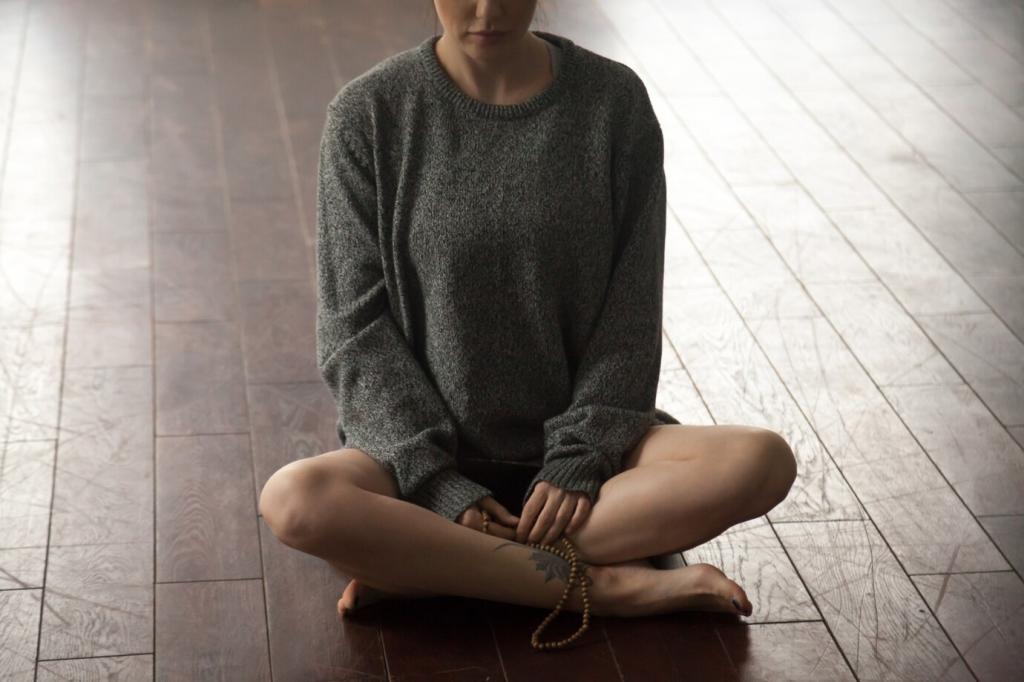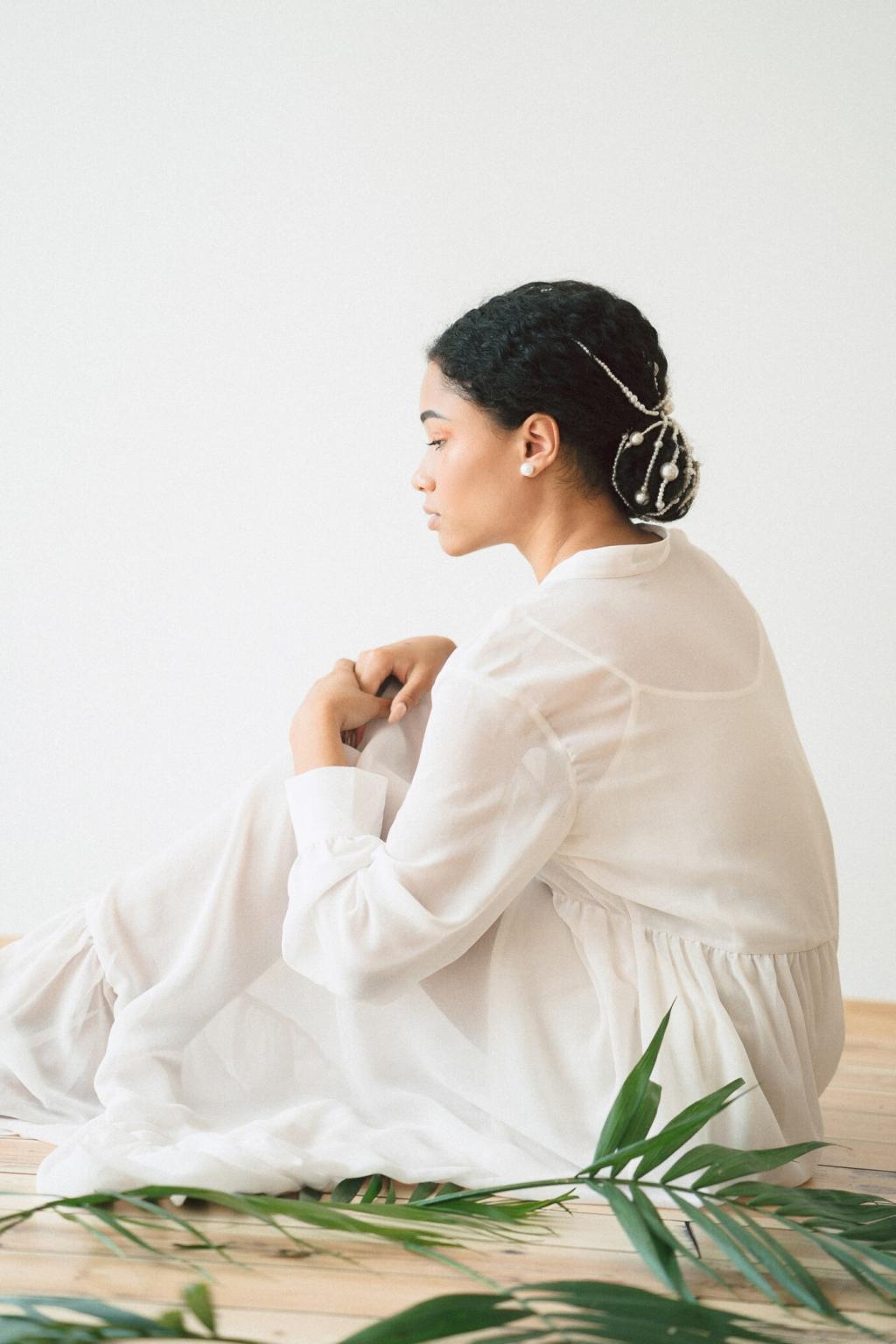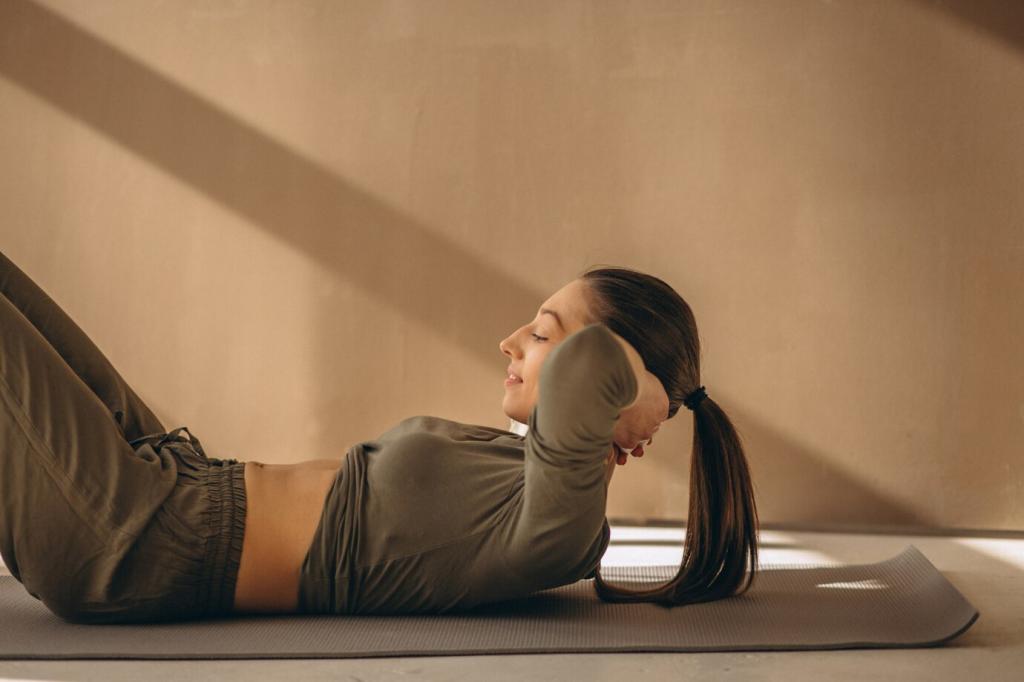Natural Materials and an Honest Palette
Natural materials carry quiet stories. A wooden stool stabilizes posture; a cotton zabuton softens knees; a small stone anchors an altar. Imperfections become guides, reminding you that practice grows through patience, maintenance, and a respectful relationship with things.
Natural Materials and an Honest Palette
Choose warm neutrals: sand, oat, fog, and ink. A restrained palette reduces decision fatigue and visual chatter. If you add color, let it be a single leaf, a linen stripe, or a clay cup. Notice the immediate drop in restlessness.







